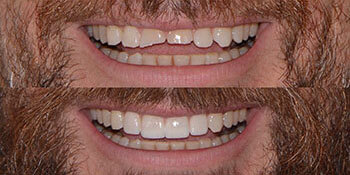Dental Crowns Toronto
Dental crowns are a common solution for injured, discolored, or cracked teeth. They fit over the affected tooth and protect it from further damage. They can also fill the space left after dental extractions
The Role of Dental Crowns in Restoring Teeth
Dental crowns, also known as caps, are used to restore teeth that have been broken or are at high risk of breaking. They are typically constructed from noble alloys or porcelain and are needed if a significant portion of the tooth is missing.
When might a Dental Crown be Recommended?
- A previous filling has broken or fractured
- Too much of a tooth is lost to decay
- Extensive damage due to decay or breakage
- Tooth sensitivity
- Cosmetic purposes, such as discoloration
- Protection after root canal therapy
- Fractured or chipped surfaces.
The Process of Getting a Dental Crown
The process of getting a dental crown begins with a consultation with one of our dentists. During your first visit, they will prepare your tooth structure and take an impression of the prepared tooth. They will then place a temporary crown on the tooth and send the impression to a dental laboratory to fabricate the crown. At your next visit, the dentist will try-in the crown to ensure a good fit and then cement it in place.
When the procedure is finished, the crown will blend seamlessly with your teeth and restore your all-white smile. It will also return the strength that you need for comfortable oral function.

